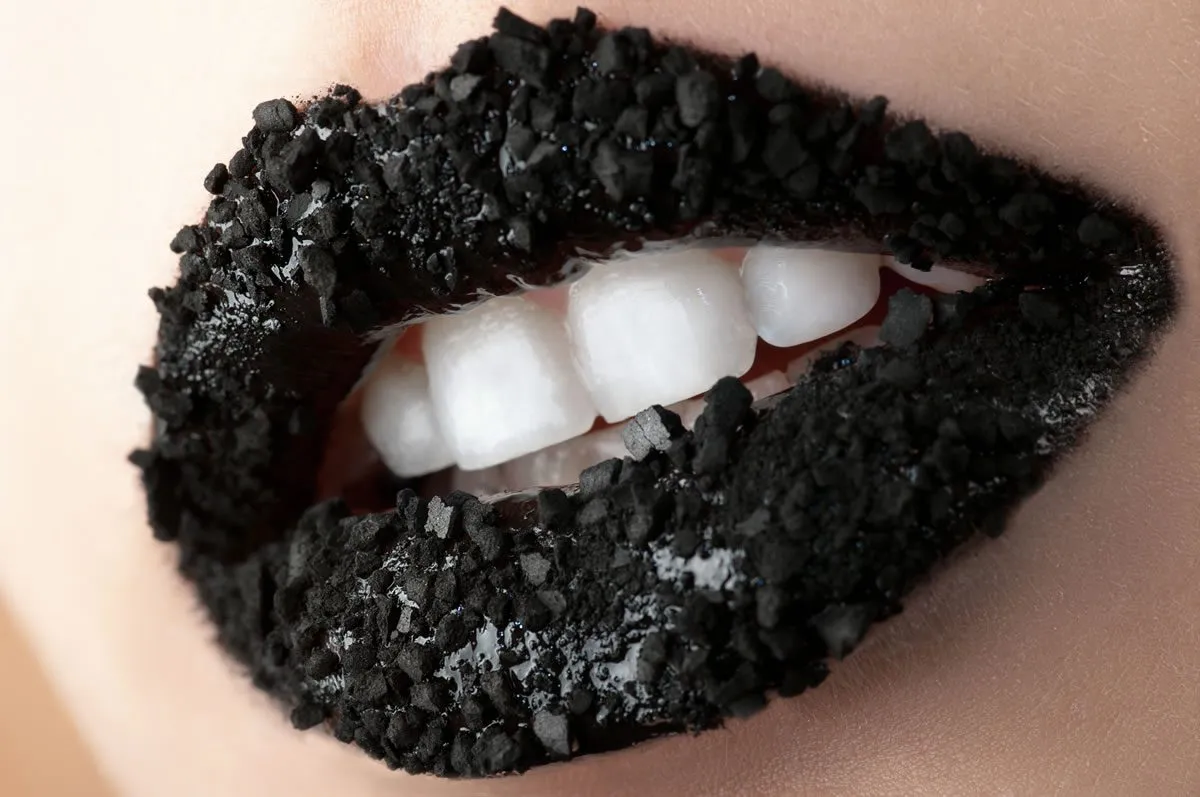What is Activated Charcoal Teeth Whitening
Activated charcoal teeth whitening has surged in popularity as a natural method for achieving a brighter smile. Derived from materials like coconut shells, wood, or other substances, activated charcoal is processed to become highly porous. This porosity is the key to its purported benefits, as it allows the charcoal to trap and remove stains from the surface of teeth. Unlike conventional whitening treatments, it is often perceived as a gentler, more natural alternative. However, understanding its mechanism, effectiveness, and potential drawbacks is crucial before incorporating it into your oral hygiene routine. This guide aims to provide a comprehensive overview of activated charcoal teeth whitening, from its scientific underpinnings to practical application, ensuring you can make an informed decision.
The Science Behind Activated Charcoal
Activated charcoal’s efficacy in teeth whitening hinges on its unique properties. The activation process, which involves heating the source material at high temperatures, creates a vast network of tiny pores. This increased surface area allows activated charcoal to adsorb, or attract and hold, substances. In the context of teeth whitening, these substances are the stain-causing compounds on the teeth. The process is not a chemical reaction like bleaching, which alters the color of the tooth itself. Instead, activated charcoal works mechanically, acting like a mild abrasive that helps lift stains. It’s important to note that the effectiveness of activated charcoal varies depending on the type and extent of the stains, as well as individual tooth enamel characteristics. Understanding the science helps manage expectations.
How Activated Charcoal Works for Teeth Whitening
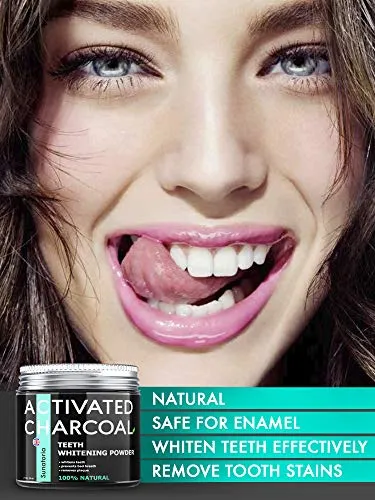
The primary mechanism behind activated charcoal teeth whitening involves the adsorption of stain molecules. As the charcoal comes into contact with the teeth, its porous surface traps the substances responsible for discoloration. These can include stains from coffee, tea, red wine, and other foods and beverages. When brushing with activated charcoal, the gentle abrasive action helps to remove these trapped stains from the tooth surface. This process can make the teeth appear whiter by restoring their natural color. It is essential to use activated charcoal cautiously, as excessive abrasion can potentially damage tooth enamel. Proper technique and product selection play a vital role in maximizing the whitening benefits while minimizing risks.
Benefits of Activated Charcoal for Teeth Whitening
One of the most appealing aspects of activated charcoal teeth whitening is its natural approach. Many users are drawn to it as an alternative to chemical-based whitening treatments. It is often touted as being free from harsh chemicals and additives. Additionally, activated charcoal may help to remove surface stains, leading to a brighter smile. It is also believed to help freshen breath by adsorbing odor-causing compounds. However, it is important to understand that the benefits can be subtle, and results may vary depending on the individual’s oral health and the nature of the stains. Regular use, combined with proper oral hygiene practices, can contribute to a cleaner and whiter smile.
Effectiveness of Activated Charcoal
The effectiveness of activated charcoal teeth whitening varies significantly depending on several factors. For surface stains caused by coffee, tea, and other pigmented foods, it can be moderately effective. However, it is less effective on intrinsic stains, which are stains within the tooth structure, such as those caused by aging, genetics, or certain medications. The degree of whitening also depends on the concentration of activated charcoal, the frequency of use, and the individual’s oral hygiene routine. Some users report noticeable improvements, while others experience minimal changes. It is crucial to set realistic expectations and to understand that activated charcoal is not a substitute for professional dental care or more potent whitening treatments.
Safety Considerations
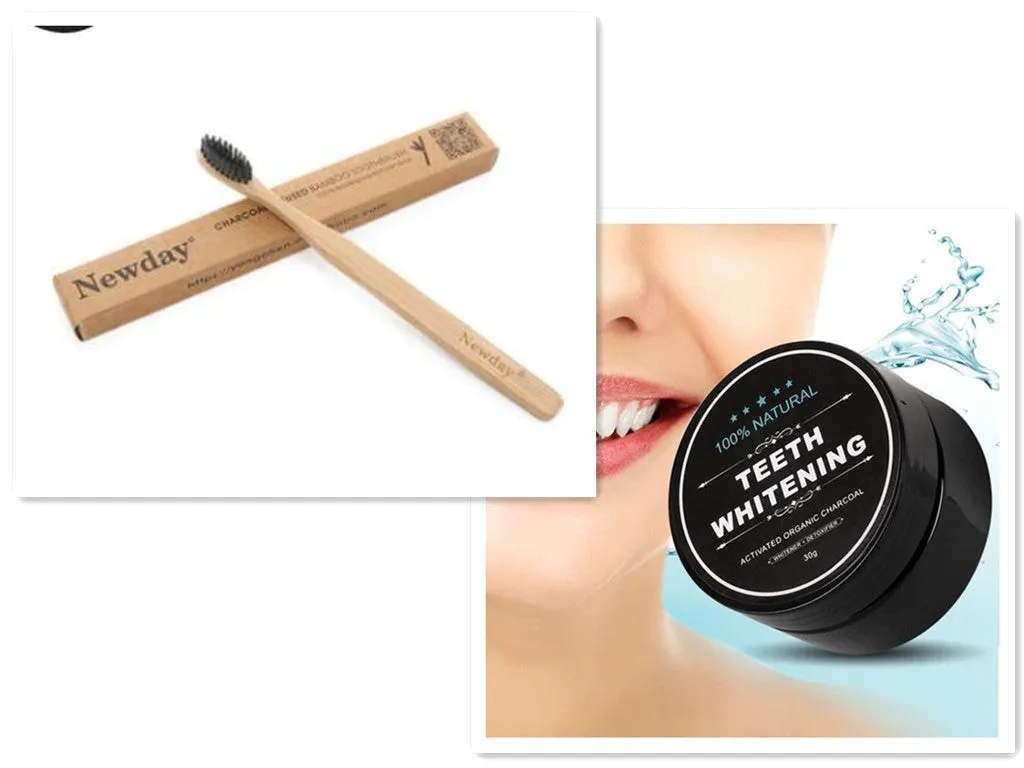
While generally considered safe when used correctly, activated charcoal teeth whitening has potential safety considerations. One primary concern is its abrasive nature, which can potentially erode tooth enamel if used too frequently or with excessive force. Enamel erosion can lead to increased tooth sensitivity and vulnerability to cavities. It is essential to use a soft-bristled toothbrush and to brush gently. Another consideration is the lack of scientific consensus on its long-term safety and effectiveness. Some dental professionals recommend using activated charcoal with caution. Consulting with a dentist before starting any new whitening treatment is advisable to ensure it is appropriate for your specific oral health needs.
How to Use Activated Charcoal for Teeth Whitening
Proper technique is crucial for using activated charcoal effectively and safely. Before starting, it is essential to select a high-quality activated charcoal product, such as a powder or a toothpaste. The most common method involves dipping a wet toothbrush into the charcoal powder and brushing your teeth gently for 2–3 minutes. Rinse thoroughly with water after brushing. Some users prefer to mix the charcoal with a small amount of water to form a paste. It is also possible to find activated charcoal toothpaste that simplifies the process. Avoid swallowing the charcoal, as it can interfere with the absorption of certain medications. Following these steps will help ensure a safer and more effective teeth whitening experience.
Choosing the Right Activated Charcoal Product
The market offers a variety of activated charcoal products, including powders, toothpastes, and even mouthwashes. When selecting a product, consider the source of the activated charcoal. Coconut shell-derived charcoal is a popular choice due to its high porosity and purity. Look for products that are free from additives, artificial flavors, and sweeteners. Always check for product certifications from trusted organizations. Evaluate the abrasiveness of the product. While a certain degree of abrasion is necessary to remove stains, excessive abrasion can damage enamel. Reading reviews and consulting with your dentist can also help you choose a product that is suitable for your individual needs and oral health conditions. Remember to prioritize products that prioritize safety.
Step-by-Step Guide to Using Activated Charcoal
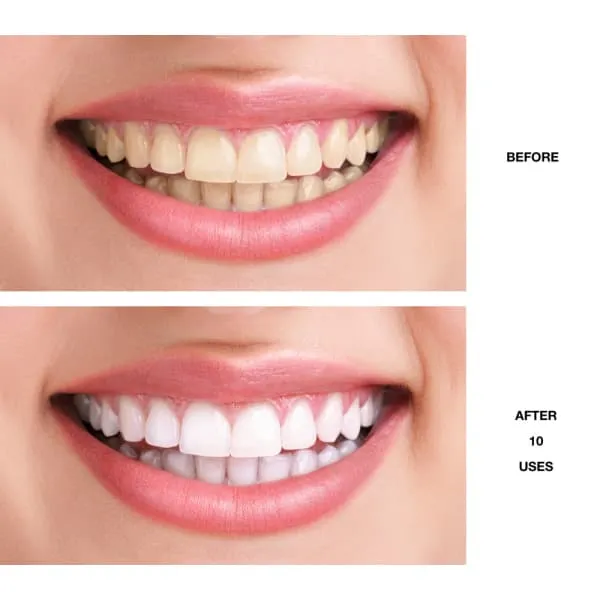
Here’s a step-by-step guide to using activated charcoal for teeth whitening effectively:
Step 1: Wet your toothbrush. Use a soft-bristled toothbrush to minimize abrasion. Step 2: Dip the brush into the activated charcoal powder or apply a small amount of activated charcoal toothpaste. Step 3: Gently brush your teeth for 2–3 minutes, using small, circular motions. Focus on all surfaces of your teeth. Step 4: Rinse your mouth thoroughly with water until all charcoal residue is gone. It is recommended to use a second toothbrush for rinsing. Step 5: Brush your teeth with regular toothpaste to ensure a clean mouth. Step 6: Repeat this process once or twice a day, but do not overuse, as it can lead to enamel erosion. By following these steps, you can maximize the benefits of activated charcoal while minimizing potential risks.
Tips for Effective Teeth Whitening
To enhance the effectiveness of activated charcoal teeth whitening, follow these tips: brush your teeth regularly and thoroughly twice a day. Be consistent with your routine. Limit the consumption of stain-causing foods and beverages, such as coffee, tea, and red wine. Consider using a straw for drinks to minimize contact with your teeth. Combine activated charcoal with other oral hygiene practices, such as flossing and using mouthwash. Stay hydrated by drinking plenty of water. Maintain regular dental check-ups and cleanings to remove plaque and tartar. If you experience any sensitivity or other adverse effects, stop using activated charcoal and consult your dentist. These steps will help you achieve and maintain a brighter smile safely.
Potential Side Effects and How to Handle Them
While generally considered safe, activated charcoal teeth whitening can have side effects. Understanding these potential issues and how to handle them is essential. The most common side effects are sensitivity and staining, and in rare cases, enamel erosion. If you experience any adverse effects, it is important to take prompt action.
Sensitivity
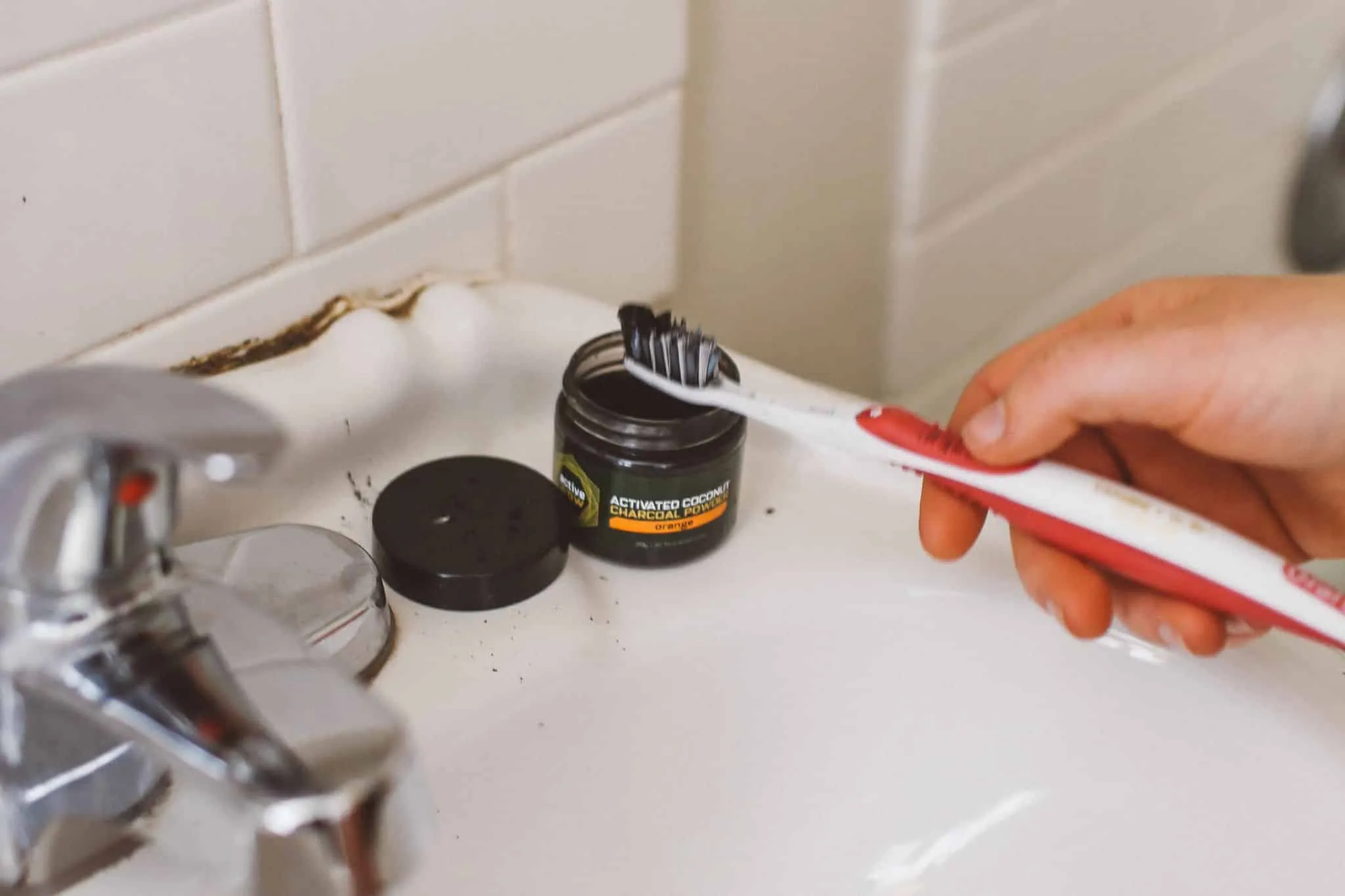
Tooth sensitivity is a common side effect. If you experience increased sensitivity to hot or cold foods and drinks, reduce the frequency of activated charcoal use. Switching to a toothpaste designed for sensitive teeth can also help. If the sensitivity persists, consult your dentist, as it may indicate enamel erosion or other underlying issues. Proper brushing technique and avoiding excessive pressure can help minimize sensitivity. Ensure you are using a soft-bristled toothbrush and brush gently. In cases of severe sensitivity, discontinue use until you consult with your dentist.
Staining
Staining may occur if the charcoal is not rinsed properly, leaving black residue on your teeth. This can be avoided by rinsing thoroughly after each use. Using a second toothbrush to rinse can also help. Another factor is that activated charcoal can be messy, causing staining on clothing and surfaces. Be careful to avoid splashing or spilling the charcoal. If staining persists, consider reducing the frequency of use and consulting with your dentist, as it may be a sign of enamel damage. Practice good rinsing techniques.
Alternative Teeth Whitening Options
If activated charcoal teeth whitening does not meet your needs, or if you experience any side effects, alternative whitening options are available. It is always best to consult your dentist to determine the most suitable solution for your oral health. These options provide varying levels of effectiveness and require careful consideration of your individual needs.
Professional Teeth Whitening
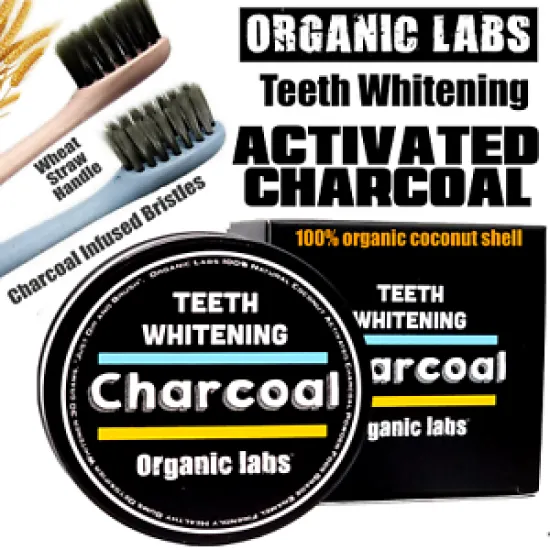
Professional teeth whitening is often the most effective and safest option for achieving significant whitening results. Dentists use stronger whitening agents, such as hydrogen peroxide or carbamide peroxide, to penetrate the enamel and lighten the teeth. There are two main types: in-office whitening and take-home whitening kits. In-office whitening provides immediate results. Take-home kits involve custom-fitted trays and allow you to whiten your teeth over several weeks. Professional whitening is supervised by a dental professional, minimizing the risk of adverse effects. It is an effective and safe option, providing dramatic results under expert guidance.
Over-the-Counter Whitening Products
Over-the-counter whitening products, such as whitening strips, toothpastes, and gels, are readily available and convenient. These products typically contain lower concentrations of whitening agents compared to professional treatments, offering a less potent effect. Whitening strips are easy to use and can be a convenient option. Whitening toothpastes may help remove surface stains. Gels can be applied using a tray or brush. Always follow the product instructions carefully and be aware of potential side effects, such as sensitivity. These products can be a good option for maintaining a brighter smile. However, they are often less effective for more significant discoloration.
Maintenance and Aftercare
After achieving your desired level of teeth whitening, proper maintenance and aftercare are essential to prolong the results. This involves a combination of consistent oral hygiene practices, dietary adjustments, and periodic touch-ups. Following these guidelines will help maintain your white smile for as long as possible.
Maintaining Your White Smile
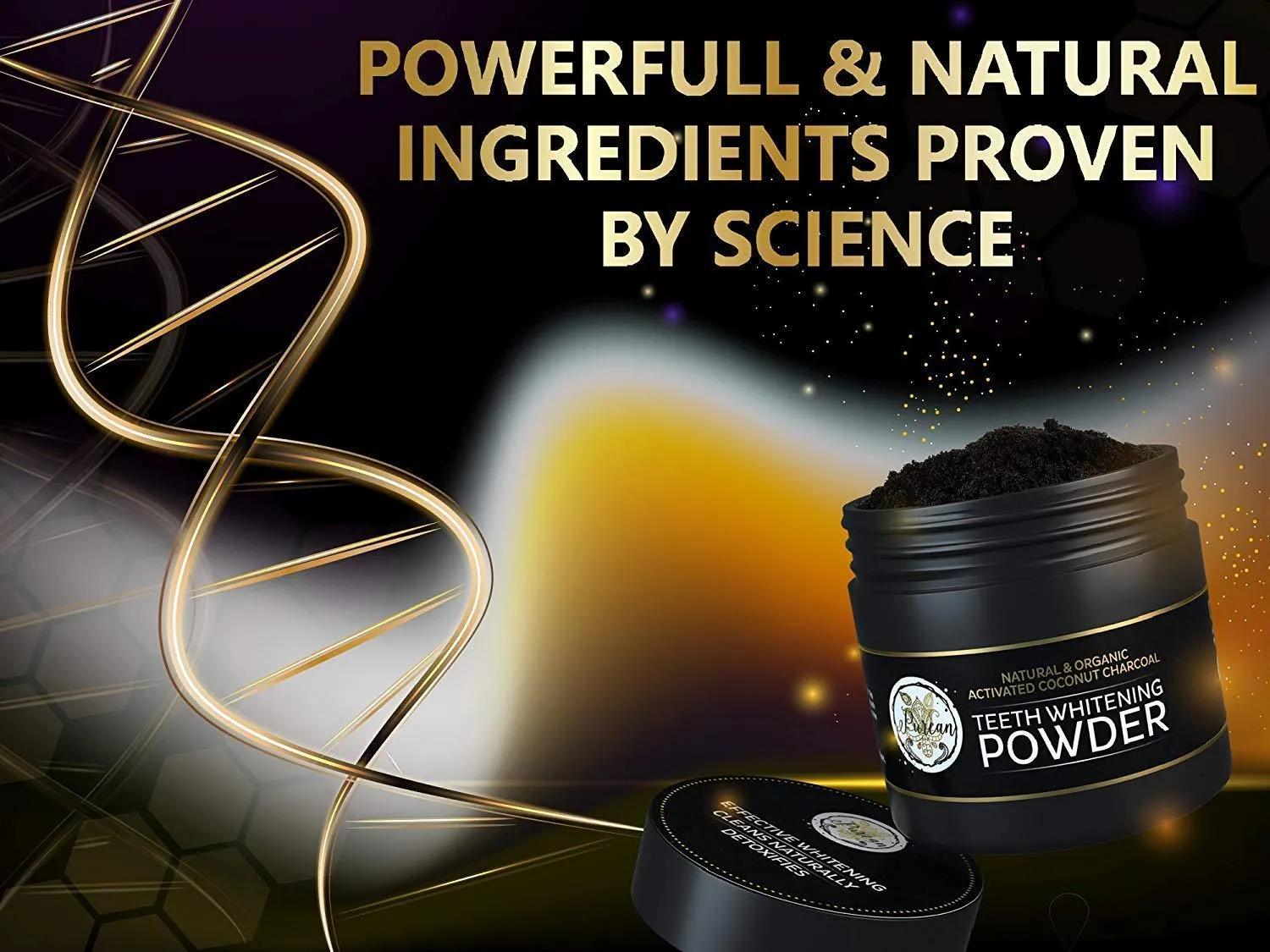
To maintain a white smile, establish a consistent oral hygiene routine. Brush your teeth twice a day with a fluoride toothpaste. Floss daily to remove plaque and food particles from between your teeth. Use a mouthwash to further clean your mouth and freshen your breath. Regular dental check-ups and professional cleanings are also crucial for removing plaque and tartar, which can stain your teeth. Limit the consumption of stain-causing foods and beverages, such as coffee, tea, red wine, and dark-colored berries. If you consume these items, rinse your mouth with water immediately afterward or brush your teeth to minimize staining. Consider using a straw to reduce contact with your teeth.
When to See a Dentist
It is essential to see a dentist regularly. Regular check-ups and cleanings are crucial for maintaining your oral health and addressing any potential issues early on. Schedule a visit if you experience persistent sensitivity or pain, which may indicate enamel erosion or other problems. If you notice significant changes in your teeth’s appearance, such as increased staining or discoloration, consult your dentist. They can determine the cause and recommend appropriate treatment. Always seek professional advice if you are unsure about any aspect of your oral health or if you have questions about teeth whitening treatments. Regular dental care will keep your smile healthy and bright.
